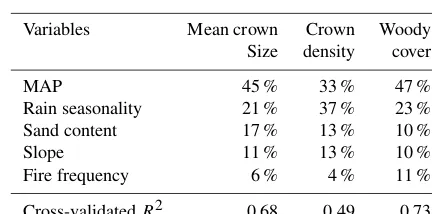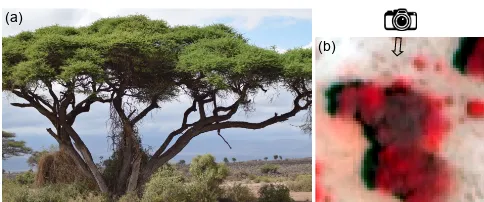Patterns in woody vegetation structure across African savannas
Full text
Figure




Related documents
(5), the temperature-dependent stress-strain behaviour can be modelled, since the temperature- modified play operator guarantees the equilibrium in the spring-slider segments at
enhance catches of stable flies with baited traps (Williams 1973, Meifert et al. The objectives of this study were 1) to characterize volatile profiles of the cattle manure
Small budget arts organizations with annual expenses of less than $100,000 are more likely to locate in urbanized, young professional neighborhoods strong in creative
Figure 2.4 : The Billefjorden Trough and the adjacent structural heighs and the stratigraphic position of Minkinfjellet and Wordiekammen Formation breccias, Modified figure
Lim and R.T.Wigard, Online Collective Action: Dynamics of the Crowd in Social Media, Lecture Notes in Social Networks Series, Springer International Publishing,
86 The parties are free to agree on provisions as long as the provisions do not violate any compulsory rules in the tenancy regulation. Regarding the possible scope of
While an empirical test of the many alternative models of demand for money is beyond the scope of this paper, we provide empirical evidence in sup- port of the key feature we seek
Section 2 develops a theory of insurance demand, starting from expected utility calculations by individuals in a population in which all individuals have the same risk of loss but


